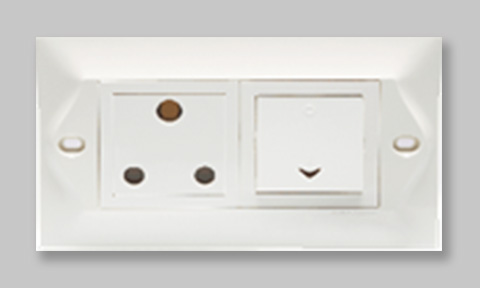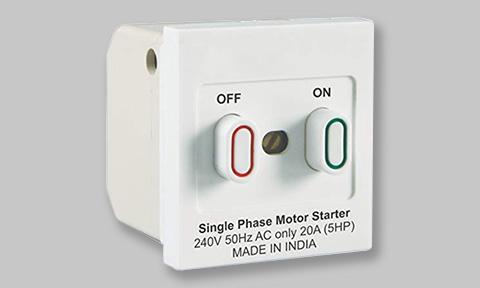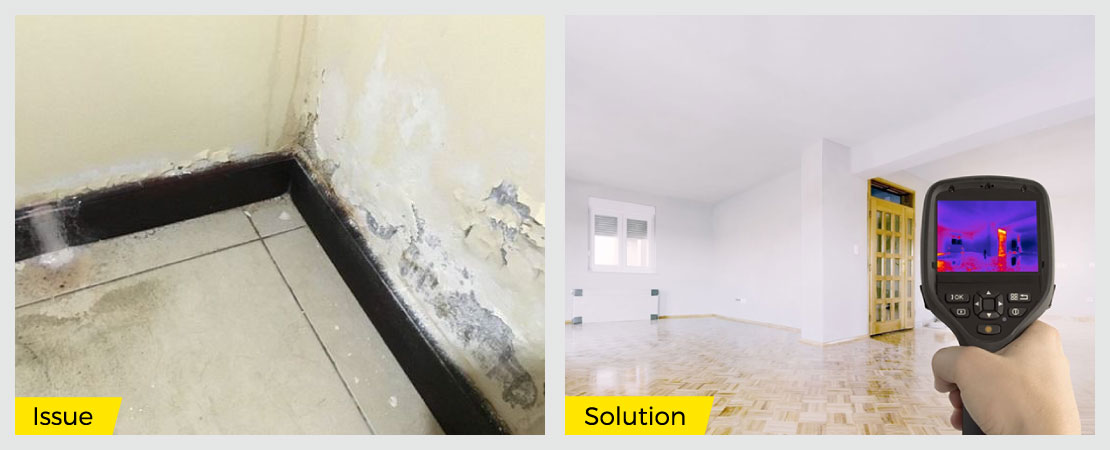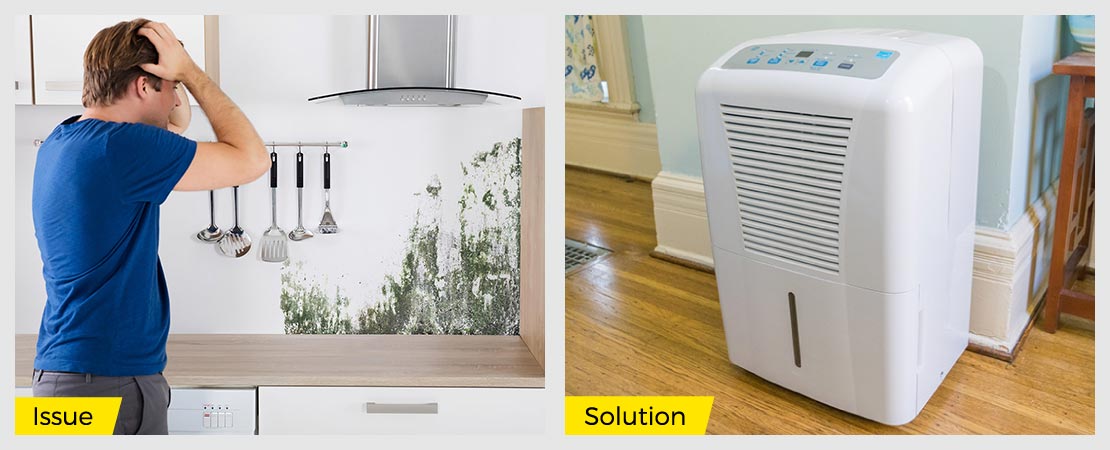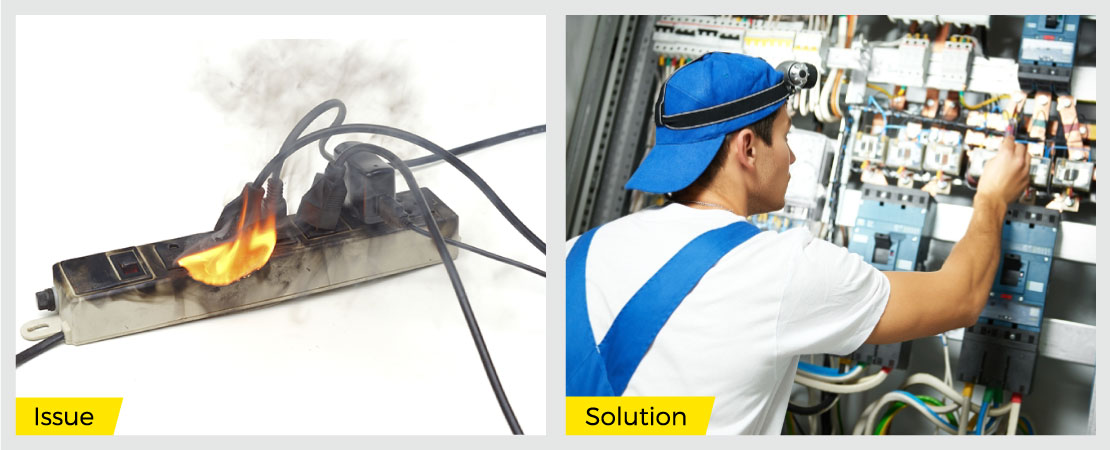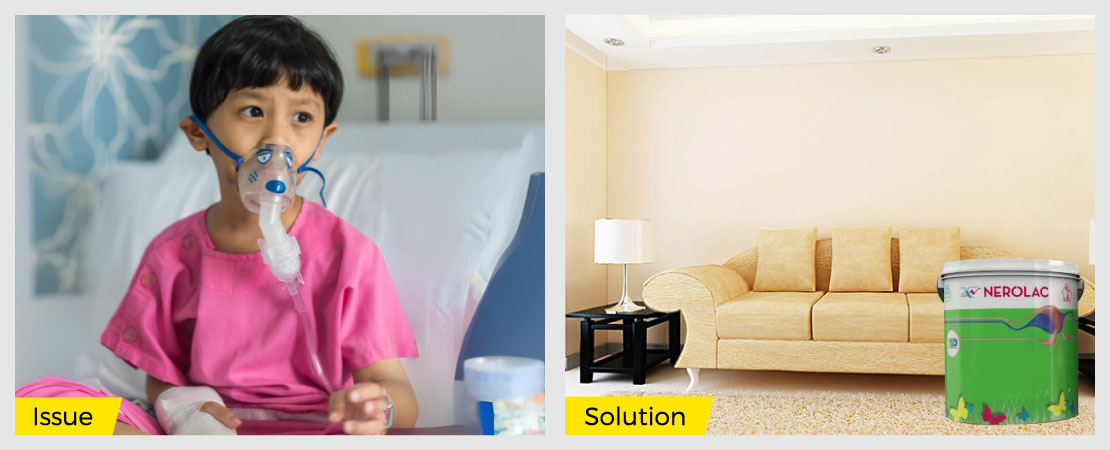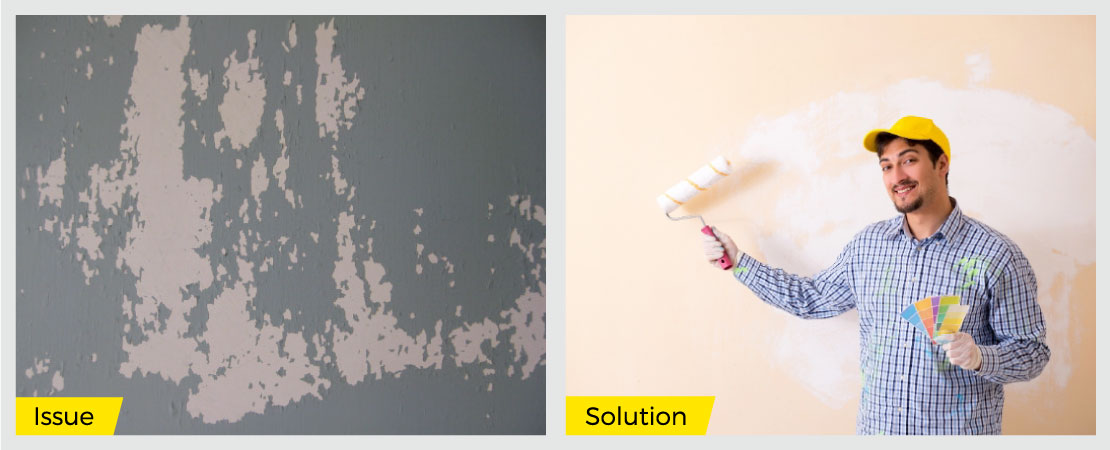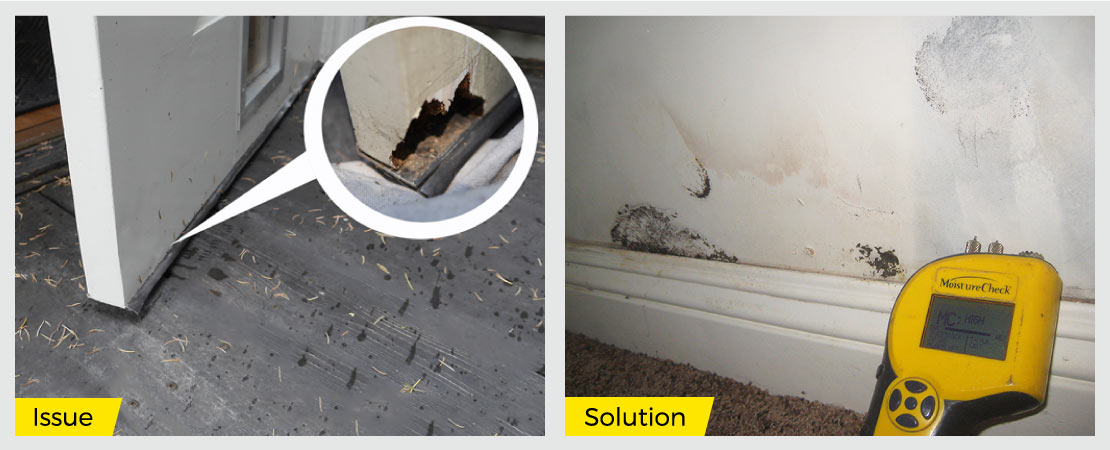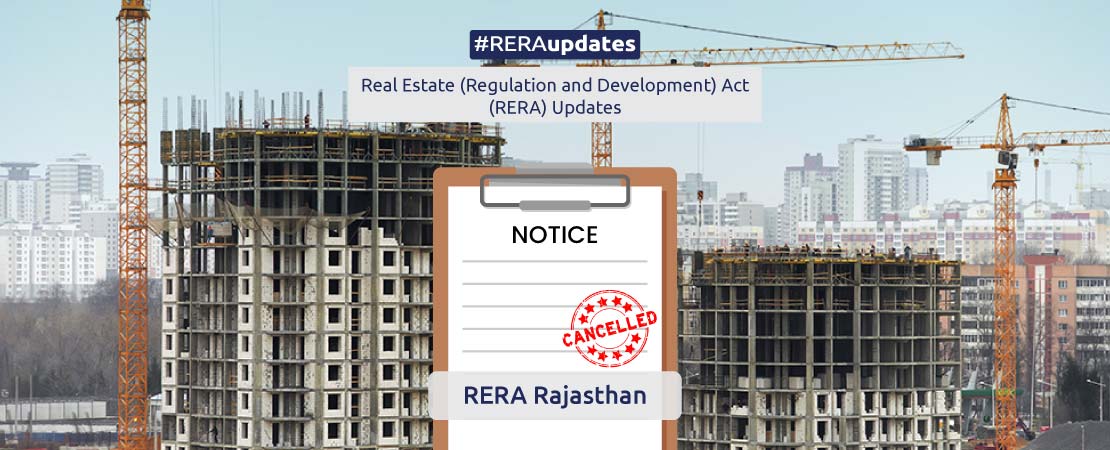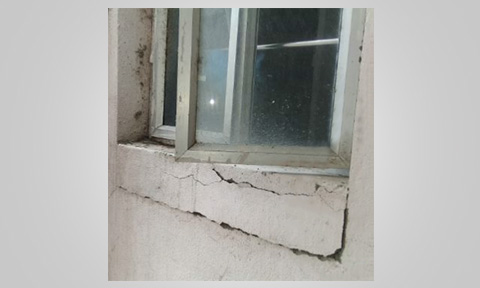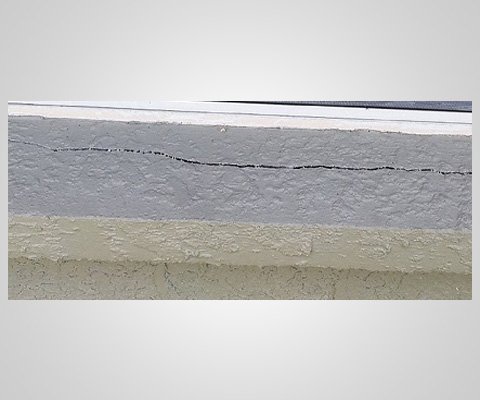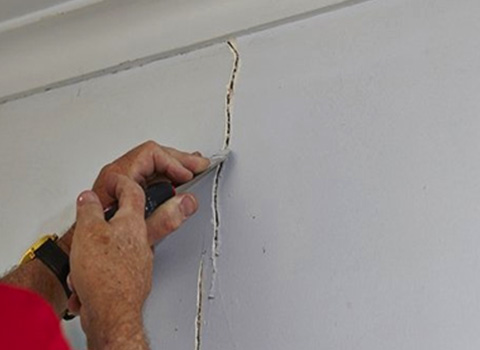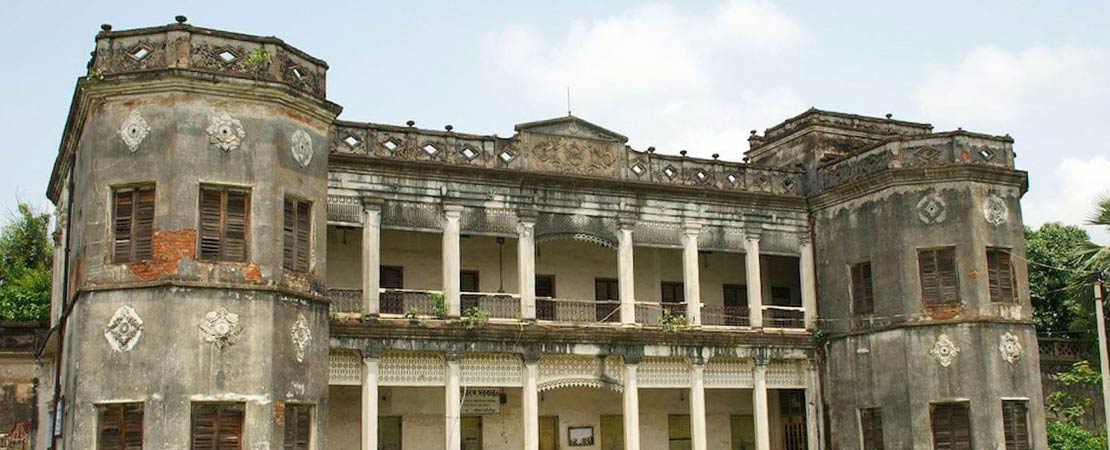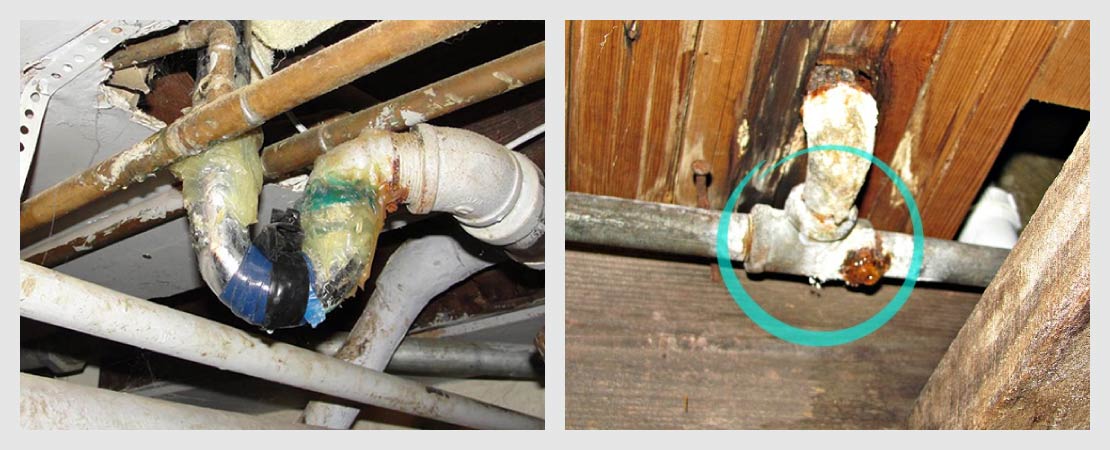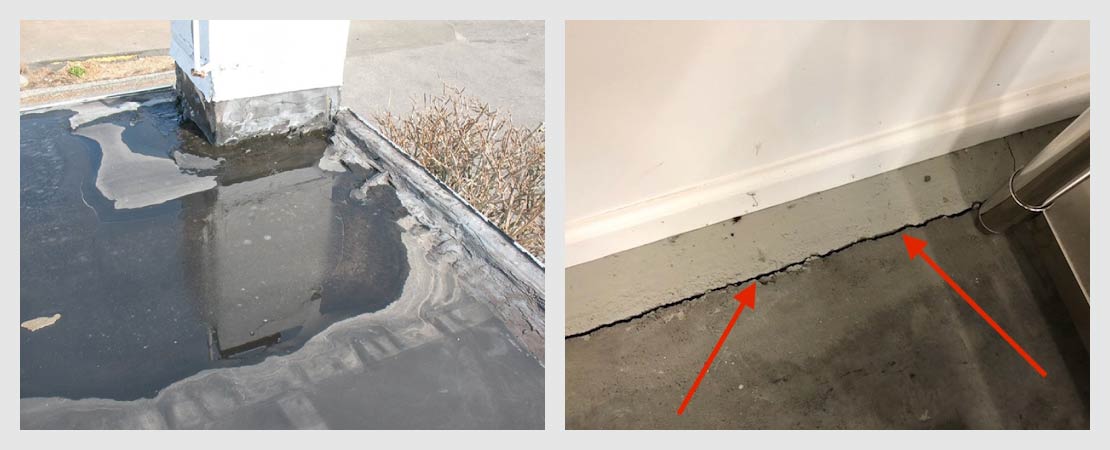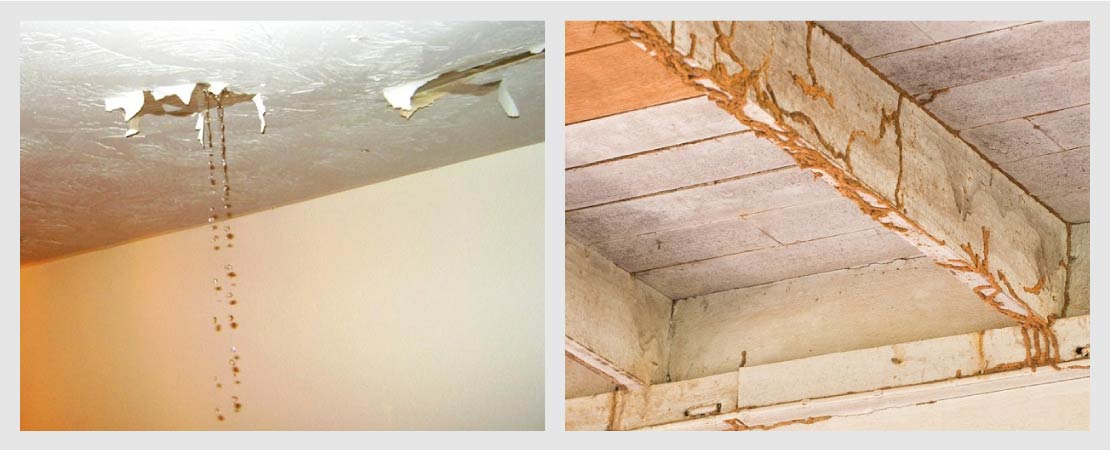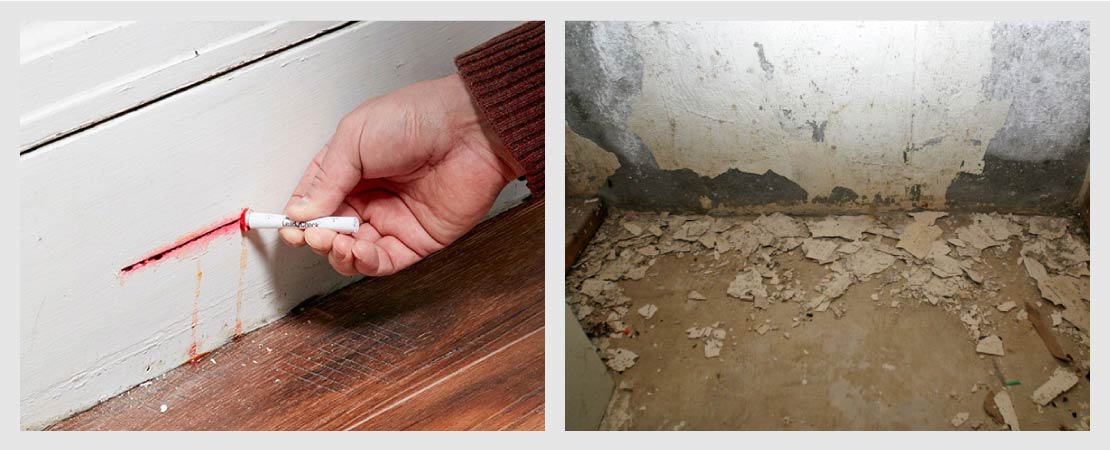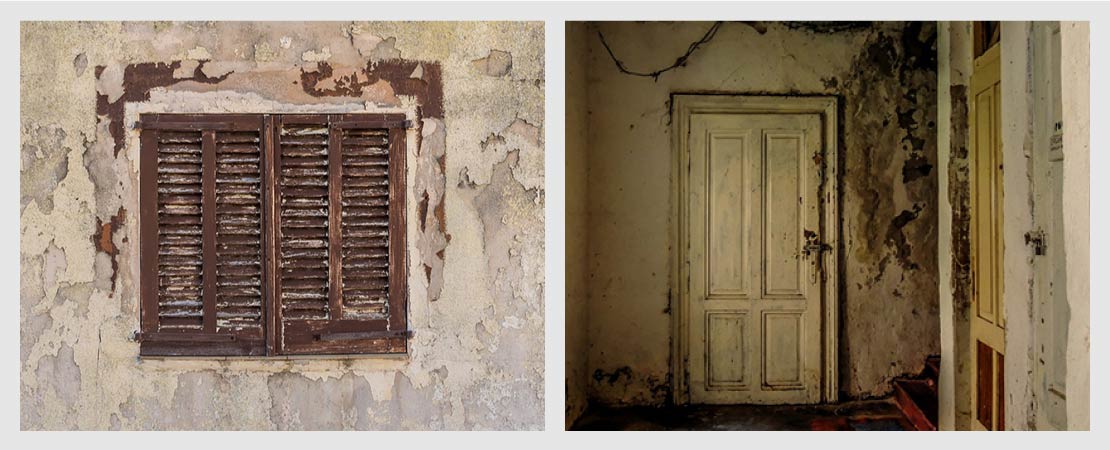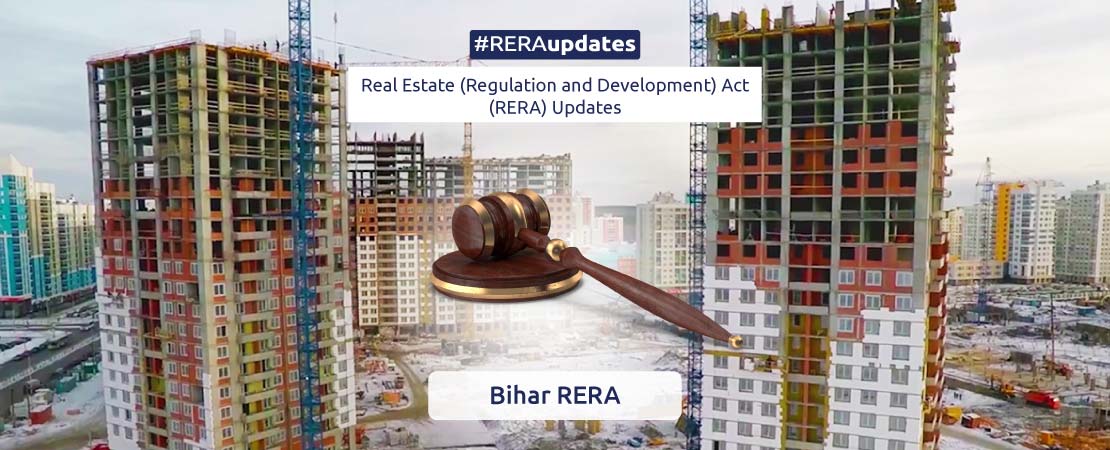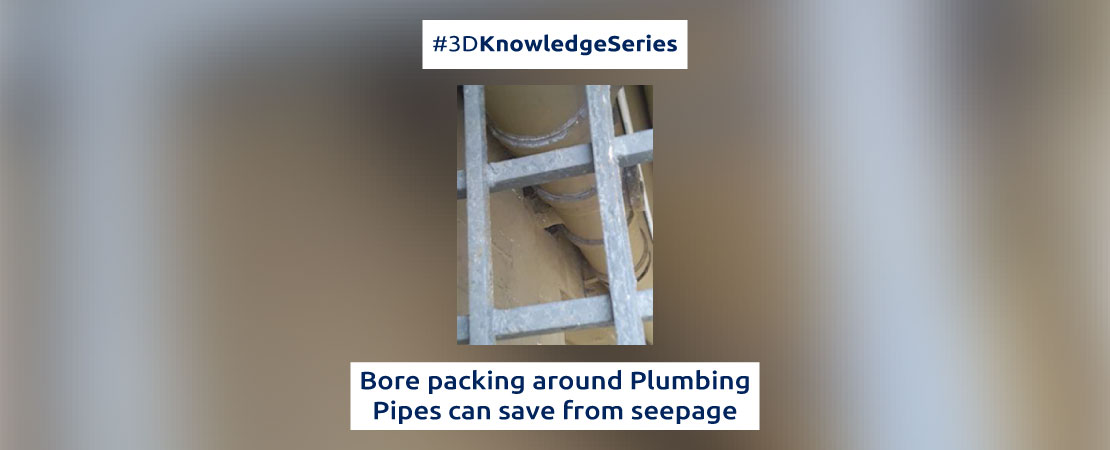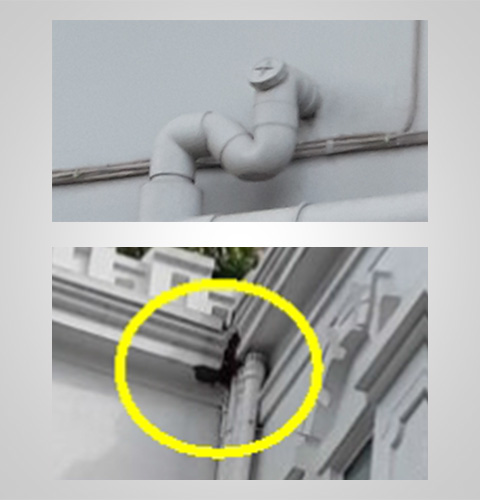CHENNAI
Builders of large housing projects in the state will soon have to convince the Tamil Nadu Real Estate Regulatory Authority (TNRERA) that they have the money to complete them and not leave home-buyers in the lurch midway.
“The basic idea is they should have a financial plan for completing the housing project,” TNRERA chairman K Gnanadesikan told TOI. The real estate regulator has already asked a couple of developers in the city to furnish these details before registering the projects. Developers of projects with 100 units and more must compulsorily present their financial contingency plan to TNRERA.
The TNRERA move comes against the background of several housing projects across the country being abandoned midway due to lack of funds with developers, leaving homebuyers in the lurch. According to the Tamil Nadu Real Estate (Regulation and Development) Rules, 2017, all ongoing housing projects above eight units or more than 5000 square feet should be registered with the TNRERA. The Real Estate (Regulation and Development) Act, 2016, states that 70 per cent of the amount realised from buyers must be deposited in a separate escrow account, which would be released by the banks after completion of each stage of the construction.
TNRERA sources said that some projects come to a standstill at different stages largely due to insufficient funds. This leaves customers in trouble. The financial contingency plans will help to protect buyers’ interests as they will have roadmaps to raise funds through tie-ups with financial institutions.
According to data with ANAROCK property consultants, 8,650 apartment units worth Rs. 5,620 crore launched before 2013 are yet to be handed over to buyers in Chennai.
The Confederation of Real Estate Developers’ Association of India (CREDAI) has welcomed the move. Its Chennai chapter president W S Habib said, “After the implementation of the real estate Act, fly-by-night developers have almost disappeared. The new development will be an extra cover for protecting homebuyers investments,” he added.



